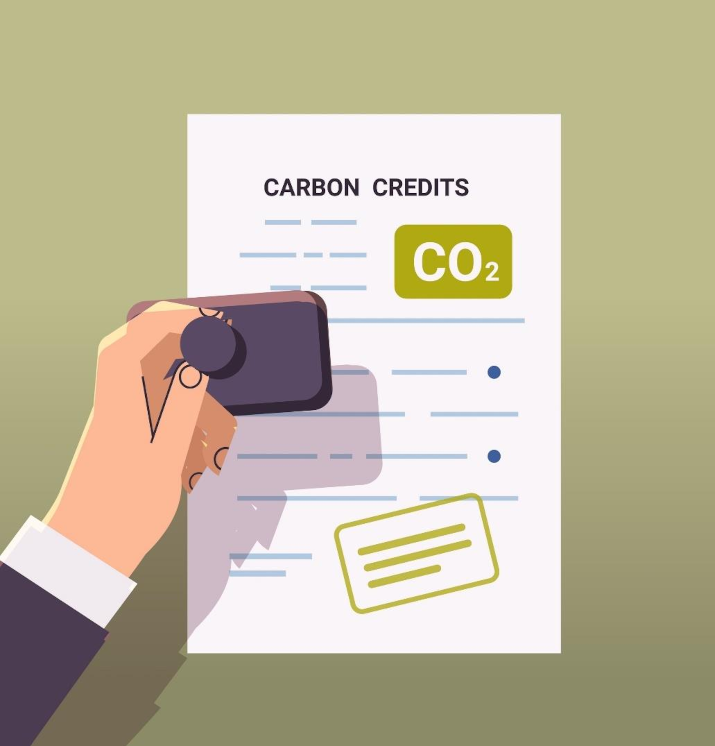Insight Focus
- New code of practice released for carbon offsets.
- Helps address concerns companies are merely buying credits not minimising footprint.
- Code backed by independent monitoring and verification.
A leading carbon standards initiative has published a new code of practice for companies seeking to use carbon credits to offset their emissions, offering guidance on how they can make use of offsets and what claims they can make regarding the use of those credits.
The Code goes some way towards addressing concerns that companies claiming “carbon neutral” or “net zero” status are in fact simply buying carbon credits rather than taking concrete steps towards minimising their own carbon footprint.

The Voluntary Carbon Market Integrity Initiative’s “Claims Code of Practice” sets out four key steps to making a credible claim;
- Companies should maintain and publish an annual greenhouse gas inventory;
- They should set and disclose an independently validated and science-based near-term emissions-cutting target, and commit to achieving net zero emissions no later than 2050;
- They should be able to demonstrate that they are on track to meet a near-term reduction target and an minimise cumulative emissions over the target period;
- They must demonstrate that their public policy advocacy supports the goals of the Paris Agreement.
The Code sets three levels of achievement. The Silver tier represents “the purchase of high quality carbon credits equal to [between 20% and 60%] of a company’s emissions, once it has demonstrated progress towards its near-term targets.”
The Gold tier represents purchases of between 60% to 100% of remaining emissions, while the Platinum tier, described as the most “aspirational” level, reflects purchases of credits equal to or exceeding 100% of a company’s reading emissions.
Early analysis of more than 470 companies by Trove Research estimated that around 3.8% of firms would meet VCMI’s silver standard, 2.7% would meet the gold tier and 2.3% would achieve platinum status.
Trove also found that 25% of firms using carbon credits have made a net zero commitment that meets VCMI’s requirements; only 66% of firms using carbon credits disclose the exact credits they are using; and just 38% of firms are on track to meet near-term internal emission reduction targets.
Critically, the VCMI code does not recommend which scope of emissions companies should be offsetting. Trove’s analysis points out that the widely-used Science-Based Targets Initiative requires scope 3 greenhouse gases (all other indirect emissions that occur in the upstream and downstream activities of an organisation) to be covered by any offsetting plan.
Any carbon credits used must be of a quality that is defined by the Integrity Council for the Voluntary Carbon Market’s Core Carbon Principles and which qualify under the IC-VCM’s Assessment Framework.
The Code will be backed up by independent monitoring and verification of company claims before tier achievements can be claimed.
The VCMI Claims Code reiterates the growing consensus that carbon offsets should not represent the totality of a company’s climate contribution, but should only be used after a company has embarked on an internal decarbonisation pathway.
Other major international groups including the International Standardisation Organisation and a UN High Level Expert Group have also underlined the ancillary – rather than central – role of carbon offsets and the importance of internal abatement.
Some carbon offset stakeholders have expressed concern that this emphasis on internal abatement and the rigorous guidance around use of credits may undermine demand for credits in the short term. But others have pointed out that the sheer scale of the climate challenge, and the scope of emissions that need to be addressed, provides sufficient demand for credits.
The VCMI’s Code rounds out a series of initiatives that are aimed at presenting clear guidelines on the use of carbon credits. While the VCMI work focuses on what buyers can claim by using offsets, the IC-VCM’s Core Carbon Principles sets out the criteria for generating high-quality carbon credits.














